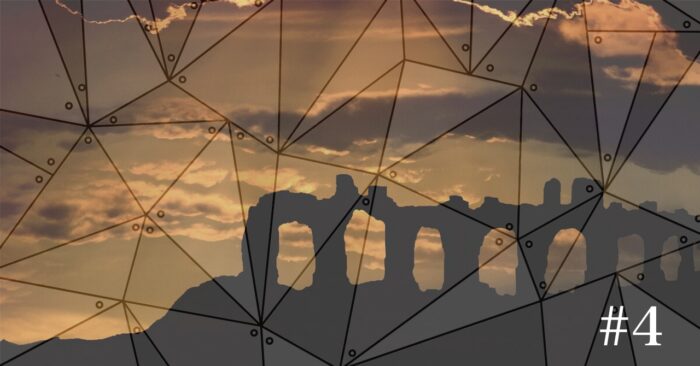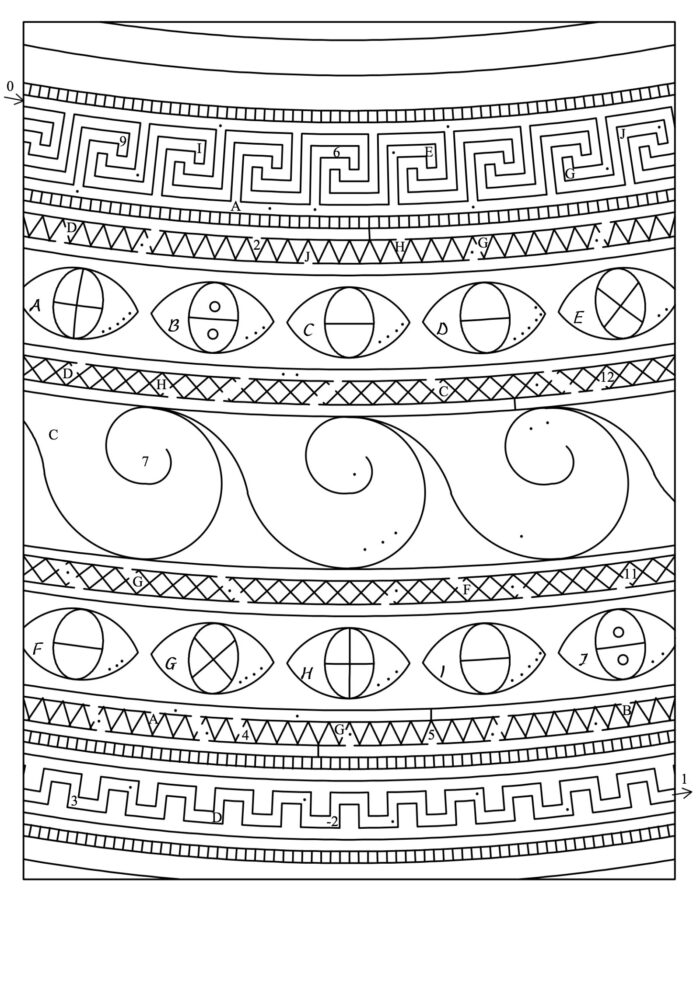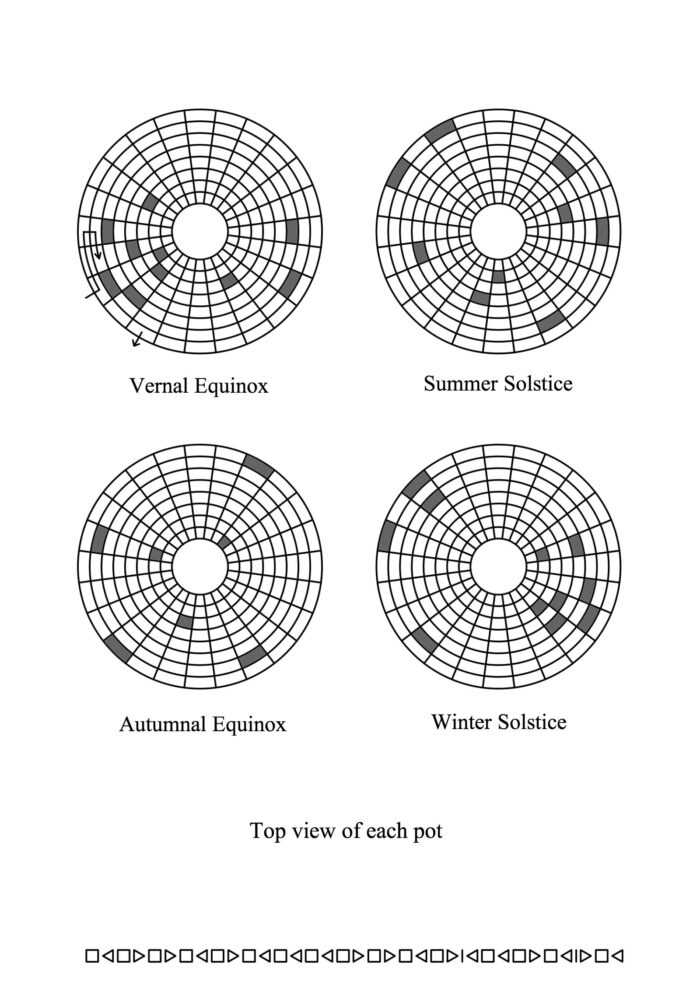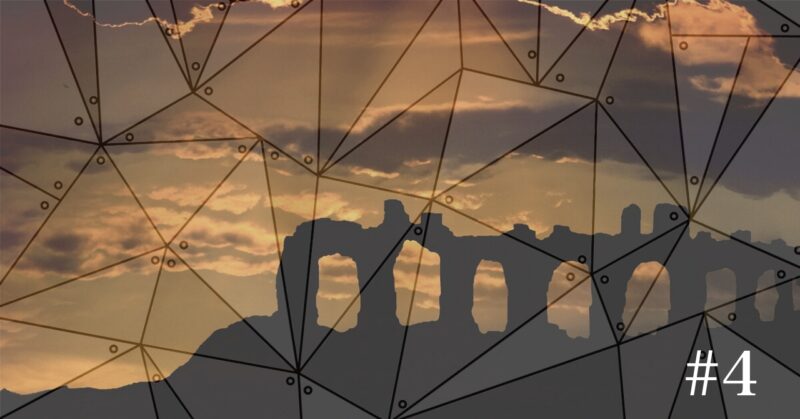
This post is a Narrative Puzzle and a work of fiction.
Gap Filled with Earthenware
One of the awkward gaps in this building is barely 30 centimeters in height, but more than 2 meters deep — too impractical to even use as storage. Filling this dead space is a collection of numerous earthenware figures shaped like humans. Each figure is uniquely crafted, adorned with intricate patterns, and the recurring motif of eyes seems to convey some kind of message.
It is also known that beyond the figures, there is not a wall but rather a passage that connects to another corridor. However, while it may be connected, the floor on the other side is about two meters lower, and it would be more accurate to say that the passage simply opens up into the space. Could such a structure have been created without any deliberate planning?

Hint💡
There are three types of symbols within the eye motifs. What roles might each of them play?
Some Pots in the Tool Room
Inside the building, there are a few rooms whose purposes can be inferred. One of them, presumed to be a tool room, contains several pots that have been left behind. While they may have once held pigments or other materials, what stands out is not their contents but the patterns painted on their surfaces, which are entirely different from those unearthed in the artisan town.
At first glance, it appears to be merely decorative. A lattice of curved lines encircles the pot, creating a beautiful rhythm. However, upon closer inspection, one notices certain areas that have been filled in. These filled sections appear quite irregularly, disrupting the carefully crafted rhythm.
Why would anyone go to the trouble of crafting such details? The key to unraveling this mystery lay in the spatial relationships between the filled-in areas. When viewed from directly above, it became evident that these sections corresponded to the arrangement of stars in a particular season. In a sense, it resembled a rough astronomical chart.
Yet, why the pots from the tool room were chosen for this depiction remains a mystery.

Hint💡
The triangles among the symbols listed at the bottom indicate the direction of turns. How are the turning points specified?
.
.
.
Read more in the eBook — free with Kindle Unlimited! Includes solutions and explanations.
